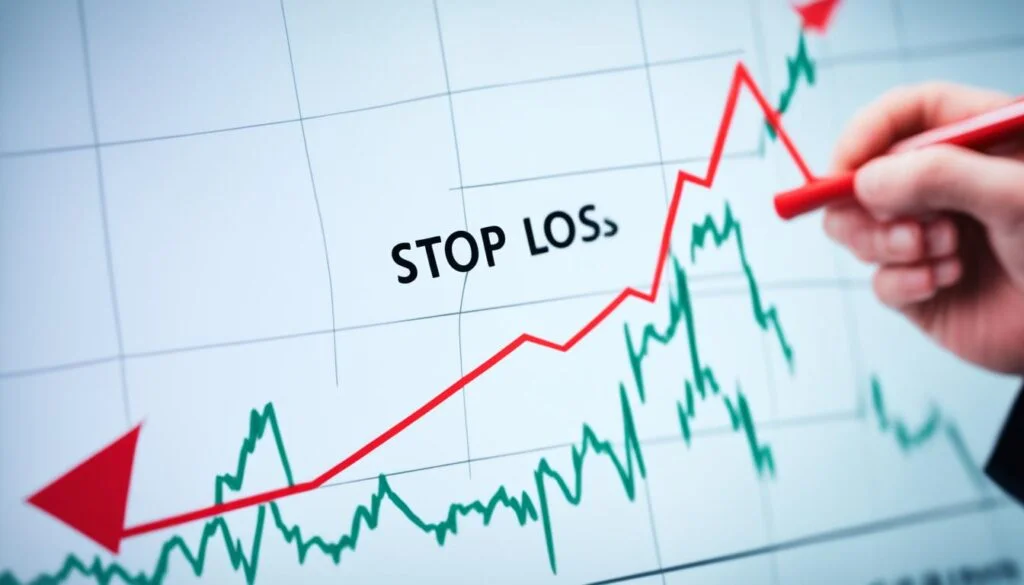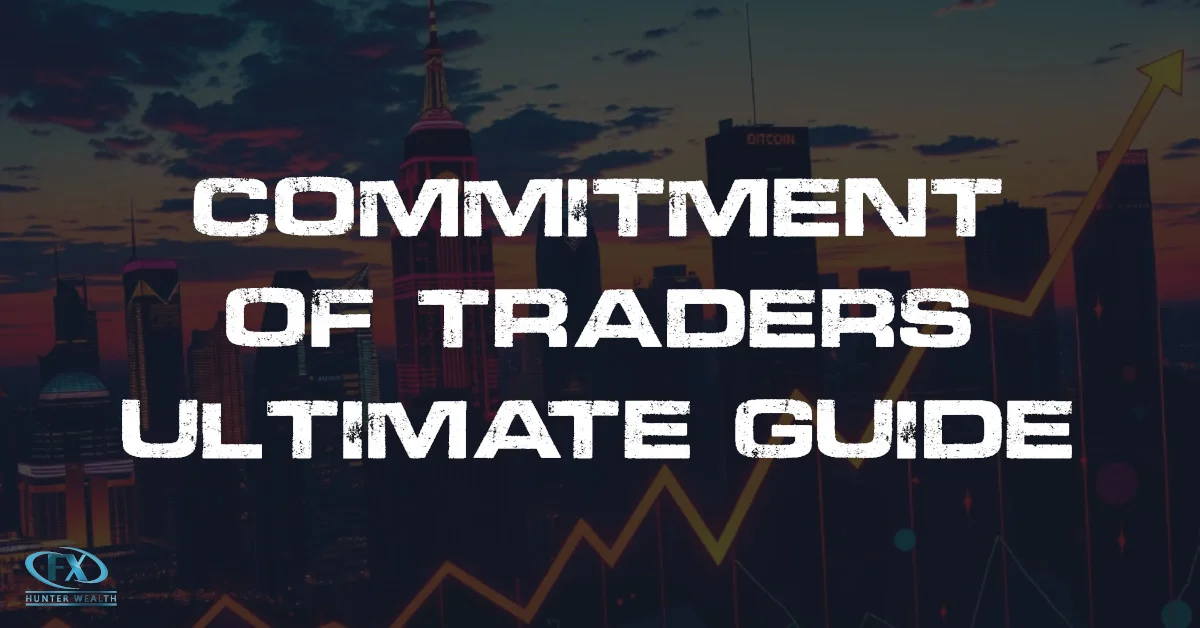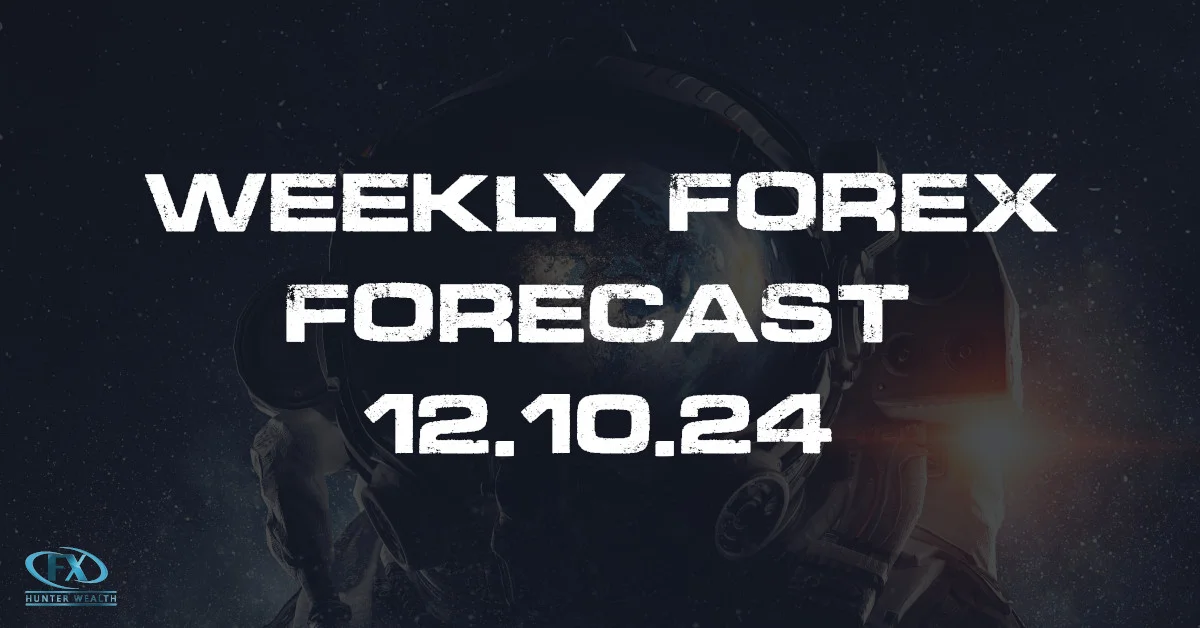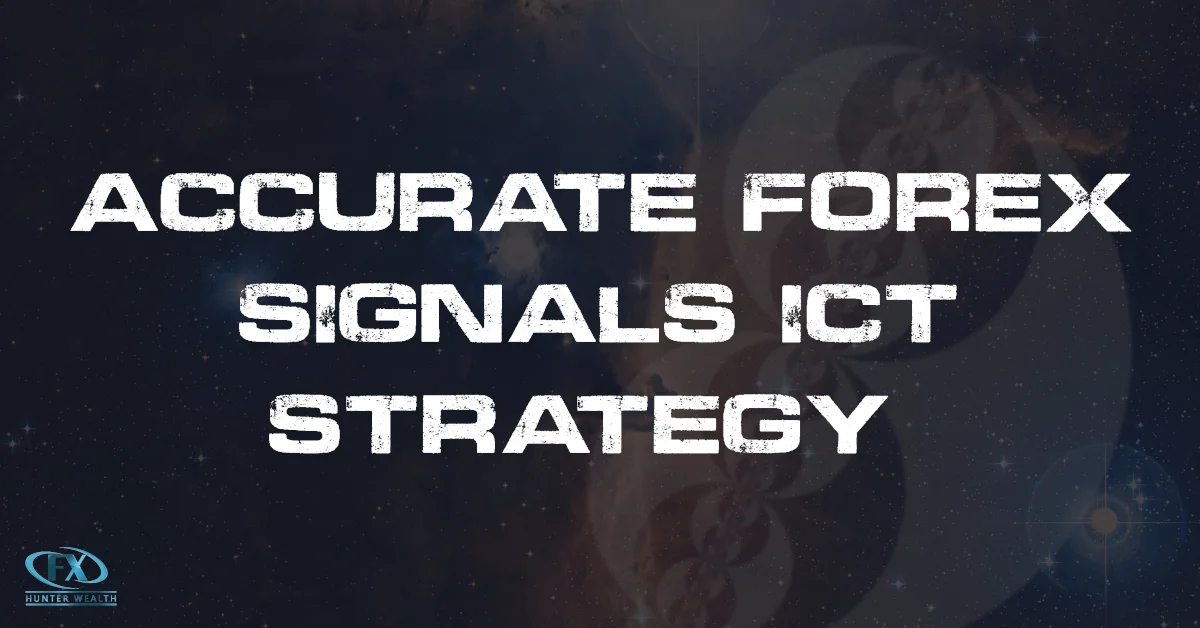Seasoned forex traders know the excitement and turmoil of the currency markets. Watching our trades go up and down is both thrilling and scary. It’s a game of balancing possible wins with the chance of losing.
To win in forex, it’s crucial to have strong risk management skills. We must lay down strict rules and actions. This way, we can handle losses well and trade with more confidence and control.
This guide will cover the key strategies and best methods for forex risk management. First, we’ll look at the main risks like exchange rate and leverage risks. Then, we’ll show you how to size up your moves and use stop-loss orders.
By the end, you’ll have the knowledge to protect your trading money. You’ll also learn how to increase your chances of success in the long run.
Key Takeaways
- Effective forex risk management involves understanding and mitigating financial risks, such as exchange rate risk, interest rate risk, liquidity risk, and leverage risk.
- It’s key to know your risk appetite and set a certain level of risk for each trade. This keeps your trading approach balanced.
- Using proper position sizing and stop-loss orders is crucial to handle risk in forex.
- Creating your trading plan and aiming for a good risk-reward ratio ensures disciplined and profitable trading.
- Diversification and using risk management tools can also improve your forex trading in the volatile market.
Understanding Forex Risk Management
Forex risk management is all about cutting down on financial risks in currency trading. It’s not just about avoiding losses. It’s about carefully planning and making trades that offer more benefits than risks.
Definition of Forex Risk Management
Forex risk management involves knowing and controlling risks in trading currencies. This includes risks like exchange rate changes, interest rate shifts, and market liquidity. A solid framework lets traders confidently handle the currency market ups and downs.
Importance of Risk Management in Forex Trading
Good forex risk management is key to success over the long haul in the forex market. It’s the structured way of dealing with trading risks. By steering clear of big losses and aiming for profits, it helps in the volatile and highly leveraged forex world.
| Key Forex Risks | Description |
|---|---|
| Exchange Rate Risk | The risk of changes in currency values, which can affect trade profits. |
| Interest Rate Risk | Risks from interest rate changes, which alter trade costs and market feelings. |
| Liquidity Risk | Problems buying or selling a currency at a good price, leading to extra costs. |
| Leverage Risk | High leverage can boost gains or losses, making smart leverage handling vital. |
Managing these forex trading risks helps traders create a stronger trading strategy.
Assessing Risk Appetite
Understanding your risk appetite is key in managing forex risks effectively. It’s about how much risk you’re okay with in trading. Figuring out your risk tolerance is important. It helps you make choices that match your comfort with risk.
Determining Your Risk Tolerance
When trading forex, aiming for a acceptable level of risk between 1-3% per trade is wise. This method helps protect your trading funds. It also leads to a more thoughtful trading style.
Calculating Acceptable Risk per Trade
Knowing your risk appetite and risk tolerance lets you set an acceptable risk per trade that meets your goals. This way, you steer clear of too much risk. Instead, you focus on keeping your trading funds safe while seeking gains.
Position Sizing
Position sizing is key in the world of forex risk management. It’s about figuring out how much of a currency to buy or sell. The best size changes based on how much risk you can handle and the size of your account.
Determining the Right Position Size
A risk management calculator can help. It looks at your account level, how much risk you’re willing to take, your stop loss, and the currency pair. It then calculates the best size for your position. This way, your trading fits with your plans and keeps risks under control.
Relationship Between Position Size and Risk Management
How much you risk and how big your position is are closely linked. Bigger positions mean big wins or losses if the price moves a lot. The goal is to find a size that isn’t too small to make a profit or too big to lose a lot.
For example, most individual traders risk about 2% of their money on one trade. Fund managers often risk less than 2%. If you have a $25,000 account and 2% is the most you’ll risk, that’s $500 per trade. To figure out how many currency units to buy, just divide your trade’s risk by your account risk.
| Statistic | Value |
|---|---|
| Maximum account risk for retail investors | 2% |
| Maximum account risk for fund managers | Less than 2% |
| Maximum risk per trade for a $25,000 account with 2% max risk | $500 |
| Preferred risk tolerance level for traders | 1% of total account size |
Getting position sizing right is crucial. It makes trading more successful and less risky. You need to think about your account, how much risk you want to take, and the currency pair itself. This way, your trading aligns with your risk management plan.
Utilizing Stop Losses
Stop losses are key in a solid forex risk management plan. A stop loss is an order to sell a currency pair if its price hits a certain point. This helps to limit potential losses of a trade. They keep losses in check and safeguard a trader’s account from heavy damage from a single bad trade.
Concept and Importance of Stop Losses
Forex traders use stop losses to control their risks. By setting one, traders can limit how much they might lose on a trade. This is important since it keeps them from losing too much of their trading money in one deal. Stop losses also help traders stick to their plans and avoid quick decisions when the market is wild.
Types of Stop Loss Orders
There are different stop loss orders that forex traders can use. These include market orders, limit orders, and trailing stop orders. Each has its own good and bad points. Traders need to carefully pick which stop loss order matches their trading and risk management style.
| Stop Loss Order Type | Description | Advantages | Disadvantages |
|---|---|---|---|
| Market Order | An order to sell (or buy) at the current market price once the stop loss level is reached. | Simple to implement, executes quickly. | Potential for slippage during volatile market conditions. |
| Limit Order | An order to sell (or buy) at a specific price level, which may be slightly better than the current market price. | Helps avoid slippage, provides more control over the exit price. | May not always be executed if the market price does not reach the specified level. |
| Trailing Stop Order | An order that adjusts the stop loss level automatically as the market price moves in the trader’s favor. | Allows for capturing profits while protecting gains, provides dynamic risk management. | Requires more active monitoring and adjustment, may result in missed profit opportunities. |
Forex traders should learn about the different stop loss orders and what’s good and bad about each. This way, they can choose the right one for their way of trading and managing risks.
Risk Management in Forex: Strategies and Best Practices
Effective forex risk management means using the best strategies. It’s vital to have a forex trading plan. This plan keeps you focused and disciplined in the unpredictable forex market.
Developing a Trading Plan
A good trading plan sets your objectives, how much risk you can handle, and your trading style. It guides you in making smart decisions, even when the market is crazy. With a solid trading plan, navigating the forex market and trading confidently becomes easier.
Implementing a Risk-Reward Ratio
The risk-reward ratio plays a big role in a winning forex plan. This ratio shows the relationship between what you risk on a trade and what you could earn. A 1:3 risk-reward ratio means you can still profit if you win less than half your trades.
Managing Leverage
Managing leverage is key to forex risk management. Leverage can boost your wins but also your losses. It’s critical to use leverage smartly, matching it with your risk ability and trading style. Too much leverage can lead to big losses, making a balance necessary for potential rewards and risk.
| Risk Management Strategies | Description |
|---|---|
| Stop Loss Orders | Stop losses from growing too big by closing trades automatically at a set price. |
| Trailing Stop Loss Orders | Change the stop loss to secure profits as the trade goes in your favor. |
| Proper Capitalization | Use the right amount of money for each trade to handle risk well. |
| Diversification | Put your trading money in different currency pairs to lower risk in one area. |
| Emotional Control | Stay disciplined and avoid trading based on fear, greed, or other feelings. |
By using these
forex risk management strategies
and best practices, traders can face the forex market with more confidence. It improves their chances of long-term trading success.
Diversification in Forex Trading
Diversification is key in the forex trading market. It means spreading our money over different currency pairs. This way, we’re not as affected by changes in any one currency’s value. Thus, our risk lowers, and our trading stays more stable over time.
When we diversify our forex portfolio, several good things happen. We reduce the risk, make our trading steadier, and handle stress better. By having our money in various places, we avoid big losses from a single bad trade. Also, when some investments do well, they can make up for the ones that don’t.
But, diversifying in forex trading isn’t always easy. It can lead to trading too much or not being careful with how currency pairs are connected. These challenges mean we have to always watch our trades and tweak our plan for reducing risk. By doing this, we keep our forex portfolio strong in the long run.
Risk Management Software and Tools
To manage risk in forex trading, traders have lots of software and tools. Modern trading platforms include tools like position size calculators, and stop loss and take profit management. They also have tools for analyzing risk and reward. Traders can use these to make their trading safer and smarter.
Trading Platforms with Risk Management Features
The best trading platforms offer strong risk management options. They come with tools that help figure out position sizes, place stop losses and take profits automatically, and analyze risk and reward in real time. These features empower traders to manage their risks in the forex market better.
Third-Party Risk Management Software
Aside from the built-in tools, there are also specialized risk management software options. These third-party apps offer detailed analysis, automated trading plans, and deep monitoring of portfolios. They help traders understand their trades better and use advanced risk management tactics.
Emotional and Psychological Aspects
In forex trading, our emotions matter a lot. We must handle fear, greed, and overconfidence carefully. If we don’t, we might make quick decisions that hurt our strategy. To be good at trading, we need to control our feelings and stick to our plans.
Controlling Emotions in Trading
Research tells us that how we feel affects our trading, not our education or skills. Many traders make the same mistakes because they act out of fear. This means they buy or sell too quickly because they’re scared they’ll lose money.
Developing Discipline and Patience
Being patient and following our trading rules is also very important. This stops us from doing anything too sudden when the market is unstable. We must keep a clear head and think logically about the risks we’re taking.
It’s good to use demo accounts and special tools like the MetaTrader Supreme Edition. These can make us better traders without risking real money. We can also do things like meditation and keep a balance in our life. This helps us stay calm and focused when trading gets tough.
Risk Management Best Practices
Achieving success in best practices for forex risk management involves continual learning. Seek educational resources like materials, webinars, and workshops. These can deepen your knowledge of risk management strategies and techniques. Keeping a detailed trading journal is key. It lets us track our work, spot areas to improve and guide our choices with data. Also, backtesting and evaluation of trading plans is vital. It helps us make our risk management methods better and ensure they work well over time in the lively forex market.
Continuous Learning and Education
Staying on top of continuous learning in forex is crucial. It helps traders keep up with market changes. By staying connected to educational resources, we can improve our understanding of risk management basics, try new strategies, and learn the latest industry trends. This dedication to ongoing learning is essential. It has helped us stay competitive and thrive in forex trading over the years.
Keeping a Trading Journal
Writing in a trading journal is a strong tool for managing risks. It helps us see how we’re doing, spot trends, and choose based on data. By logging our trades, and noting wins and losses, we understand more about our trading style. This means we can improve over time. A comprehensive trading journal encourages clear thinking and supports adjusting our risk management plans.
Backtesting and Evaluation
To manage risks well in forex, backtesting and evaluation are crucial. Testing our plans on past data helps see how they did. This allows us to find what worked and what didn’t. Through continual review and tweaking, we can create strong risk management strategies. These strategies are better prepared to handle the ups and downs of the forex market.
Importance of Broker Selection
In forex trading, picking a trustworthy broker is key to managing risk. The right broker helps traders handle the ups and downs of the currency market. They can make it easier to keep forex risks in check.
Evaluating Broker Reputation and Regulation
Choosing the right forex broker means looking into their reputation and if they follow rules. It’s important to check how a broker is regulated. Knowing your money is safe and that the broker acts fairly matters a lot.
Assessing Broker Liquidity and Execution
Traders also need to look at a broker’s ability to quickly handle trades and get them done well. A broker with lots of money to trade and a good track record in placing trades exactly right is what they should aim for. This makes managing risks smoother and trades closer to what traders want.
Choosing a broker that’s well-known and reliable can give traders peace of mind. Their risk management plans are more likely to work with such a broker. This helps them do better in the forex world.
Conclusion
In the world of currency trading, mastering forex risk management is crucial. Understanding effective strategies like position sizing and stop losses is key. It helps minimize losses and maximize gains.
Emotional control and choosing the right broker are also important. These aspects ensure success over the long run in the forex market.
Prioritizing risk management and adopting a disciplined approach is essential. It helps us deal with the forex market’s volatility. And, it improves our chances of making profits and trading successfully.
The forex market is very active and liquid, with trillions exchanged daily. However, the higher leverage also means a higher risk. So, managing risks well is vital for success here.
By focusing on risk management and taking a comprehensive approach, we can fully benefit from the forex market. This also helps in reducing the risks of currency trading.
Staying disciplined and learning continuously are crucial for success in forex trading. Making smart, well-informed decisions based on good risk management is key. It helps us thrive in the challenging forex landscape over time.
What is risk management in forex trading?
Why is effective forex risk management crucial?
How do I determine my risk appetite in forex trading?
What is position sizing in forex risk management?
How do stop losses help with forex risk management?
What are some other key forex risk management strategies?
How can emotions and psychology impact forex risk management?
What are the best practices for effective forex risk management?
Source Links
- https://www.ig.com/us/trading-strategies/top-risk-management-strategies-in-forex-trading-200630
- https://www.investopedia.com/articles/forex/10/forex-risk-management.asp
- https://www.dailyfx.com/education/forex-trading-basics/what-is-forex-risk-management.html
- https://blueberrymarkets.com/learn/beginner/forex-risk-management/
- https://www.asiaforexmentor.com/risk-appetite/
- https://www.investopedia.com/terms/p/positionsizing.asp
- https://blueberrymarkets.com/learn/beginner/calculate-forex-position-sizing/
- https://fastercapital.com/content/Stop-loss-order–Using-Stop-Loss-Orders-for-Risk-Management-in-Forex.html
- https://www.axi.com/int/blog/education/forex/forex-risk-management-trading-strategies
- https://www.bound.co/blog/fx-risk-management-strategies
- https://go.fpmarkets.com/visit/?bta=36866&brand=fpmarkets
- https://www.xglobalfx.com/trade-diversification-and-risk-management-strategies/
- https://www.poems.com.sg/market-journal/playing-defence-diversification-in-forex-trading/
- https://www.mql5.com/en/market/product/88006
- https://market-bulls.com/forex-risk-management-tools/
- https://www.bound.co/blog/risk-management-tools-and-software
- https://blog.elearnmarkets.com/6-risk-management-tools-for-forex-trading/
- https://admiralmarkets.com/education/articles/trading-psychology/forex-trading-psychology
- https://medium.com/@kingsleyogarashigozia/understanding-the-psychological-aspect-of-forex-trading-12c980d10b0a
- https://www.babypips.com/learn/forex/what-is-risk-management
- https://b2prime.com/cy/news/how-to-apply-forex-broker-risk-management-practices/
- https://www.forexgdp.com/learn/role-of-brokers/
- https://www.linkedin.com/pulse/importance-effective-risk-management-forex-trading-divine-attipoe








